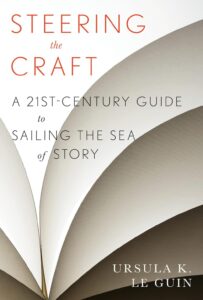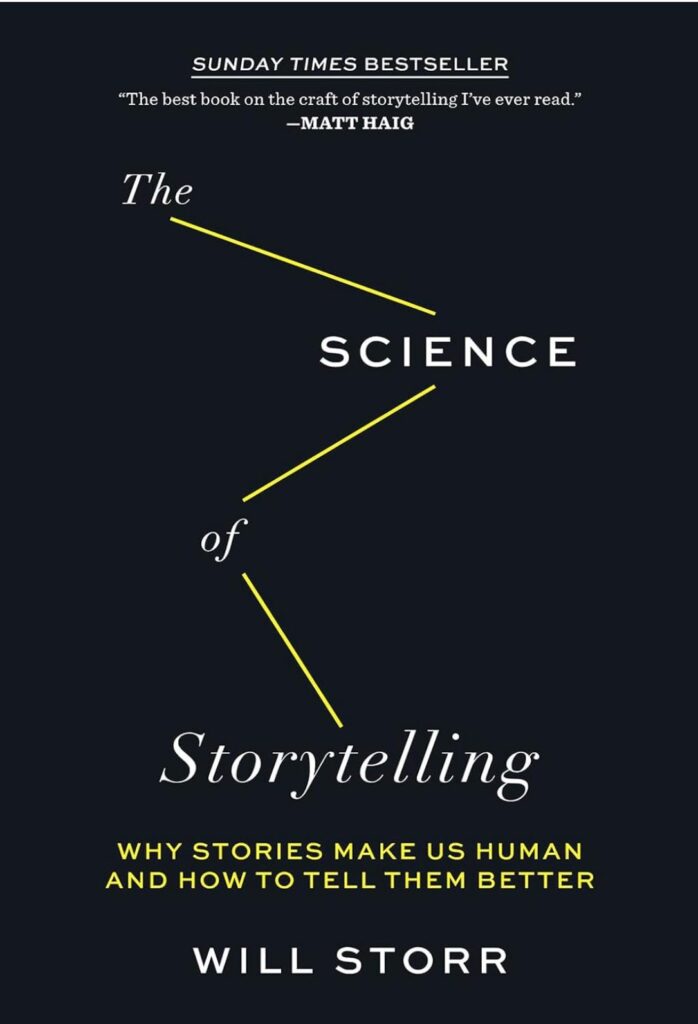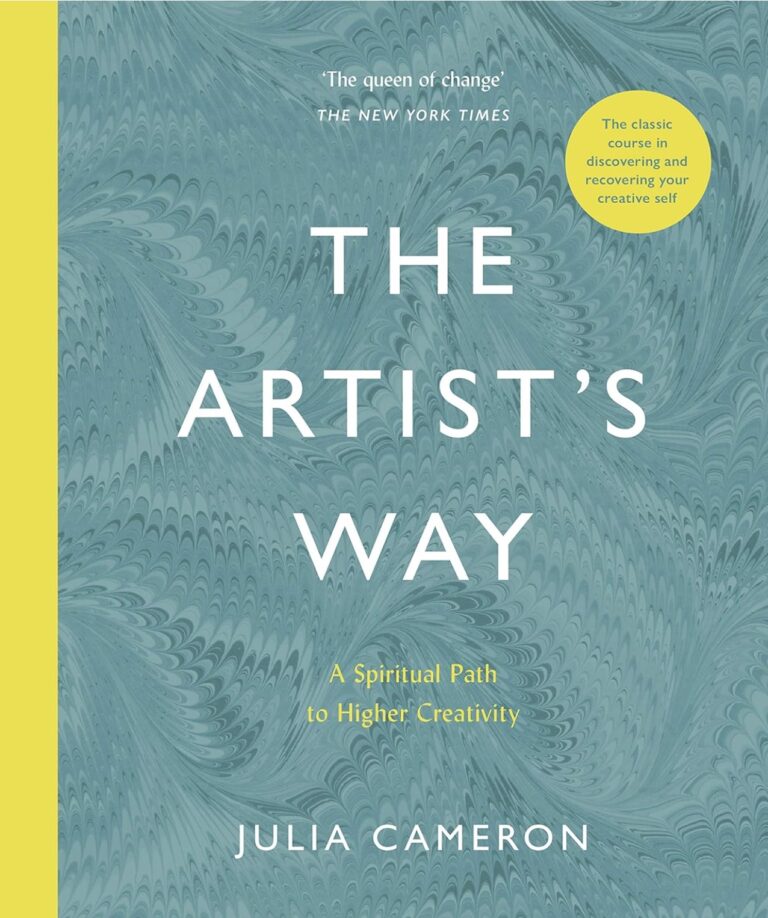As a Hucow author, one of the most rewarding yet challenging aspects of writing is finding the right balance between standalone stories and maintaining continuity across a series.
Standalone novels offer the freedom to explore new ideas and characters without being tethered to previous plots. On the other hand, a series allows for deeper character development and more intricate world-building. Striking the perfect balance ensures that each book feels fresh while still contributing to the overarching narrative that your readers love.
Let me share my journey and some practical tips on how to achieve this balance in your Hucow stories.
Table of Contents
ToggleUnderstanding the Benefits of Standalone Stories
Standalone stories can be incredibly fulfilling to write. They allow you to explore different aspects of the Hucow genre without being confined to the parameters of an ongoing series.
In a Hucow story, you can focus on a single transformation event or a unique breeding scenario that stands alone. This can be particularly appealing to new readers who might be hesitant to commit to a long series.
Exploring Unique Themes
In standalone Hucow stories, you have the freedom to delve into unique themes and settings. For example, you might write about a hucow living in an enchanted forest where her transformation is influenced by magical creatures. This unique setting can set your story apart and attract readers looking for something different within the genre.
Showcasing Different Characters
Standalone stories allow you to introduce and develop new characters without worrying about how they fit into a larger narrative. This can be refreshing for both you and your readers. In a Hucow story, you might create a new heroine with a distinct personality and background, giving your audience a fresh perspective on the familiar themes of transformation and breeding.
The Strength of Series Continuity
While standalone stories offer great flexibility, maintaining continuity across a series has its own set of advantages. A series allows you to build a more complex and immersive world, where each book adds layers to the existing narrative.
Deepening Character Development
In a series, you can take your time to develop your characters fully. The heroine can evolve over multiple books, experiencing different transformations and challenges. This gradual development makes her journey more relatable and engaging.
For instance, in a Hucow series, you can follow the heroine from her initial transformation to her eventual acceptance and empowerment, providing readers with a rich emotional arc.
Expanding the World-Building
A series gives you the opportunity to expand the world of your Hucow stories. You can introduce new locations, cultures, and societal norms that add depth to your universe.
In one of my series, I started with a single hucow farm and gradually expanded it to include neighboring farms, each with its own unique practices and power dynamics. This expansion keeps the setting fresh and exciting for readers.
Balancing New and Returning Characters
Introducing new characters while maintaining continuity is crucial for keeping your series engaging. New characters can bring fresh dynamics and conflicts, while returning characters provide a sense of familiarity and attachment.
Integrating New Characters Smoothly
When adding new characters to a series, it’s important to integrate them smoothly into the existing narrative. In a Hucow story, you might introduce a new alpha male who has different methods or philosophies compared to the existing one.
This contrast can create interesting conflicts and developments. For example, the new alpha might challenge the heroine’s current way of life, prompting her to rethink her position and alliances.
Developing Relationships Over Time
Building relationships with new characters over time enhances continuity. Instead of introducing a new character abruptly, let their presence grow naturally within the story. In a Hucow series, you can start by having the new character appear in minor roles and gradually increase their involvement.
This approach helps readers form a connection with the new character and understand their significance in the overarching plot.
Maintaining Plot Consistency
Plot consistency is essential for maintaining the integrity of your series. Ensuring that events, character actions, and world rules remain consistent across books keeps your series believable and immersive.
Keeping Track of Story Elements
One effective way to maintain plot consistency is by keeping detailed notes of your story elements. This includes character traits, plot points, and world-building details. In a Hucow story, noting the specifics of each transformation event or breeding process ensures that you don’t contradict previous books. I keep a series bible where I document all these elements, making it easier to reference and maintain consistency.
Foreshadowing and Recurring Themes
Foreshadowing and recurring themes help tie your books together, creating a cohesive narrative. In a Hucow series, you can use foreshadowing to hint at future transformations or power struggles. Recurring themes like the balance between dominance and care can provide a unifying thread throughout the series. For instance, in one of my series, the theme of empowerment through transformation is revisited in each book, offering a consistent emotional journey for the heroine.
Creating Standalone and Series-Friendly Plots
Crafting plots that work both as standalone stories and as part of a larger series can be challenging but rewarding. It allows new readers to jump in at any point while offering long-time readers satisfying continuity.
Self-Contained Story Arcs
Each book in your series can have its own self-contained story arc that contributes to the larger narrative. In a Hucow story, you might focus on a specific transformation or breeding event that resolves by the end of the book while still hinting at broader conflicts or developments. This approach provides closure for standalone readers while keeping series continuity intact.
Linking Stories Through Overarching Narratives
An overarching narrative that spans the series can link standalone stories together. In a Hucow series, you could have an underlying conflict, such as a struggle for control over hucow transformations or a quest to uncover the origins of hucows. Each standalone story can contribute pieces to this larger puzzle, creating a sense of progression and continuity.
Engaging Readers with Series Continuity
Keeping readers invested in your series requires more than just maintaining continuity. It involves actively engaging them with the ongoing narrative and encouraging their emotional investment.
Building Anticipation for Future Books
Creating anticipation for future books keeps readers excited about your series. In a Hucow story, you can end each book with a cliffhanger or a hint of what’s to come. This leaves readers eager to find out what happens next and keeps them engaged with the series.
For example, ending a book with the introduction of a mysterious new character or a significant transformation can spark curiosity and discussion among your readers.
Encouraging Reader Theories and Discussions
Encouraging readers to theorize and discuss potential plot developments fosters a deeper connection to your series. In a Hucow series, you can pose questions at the end of each book or host online discussions where readers can share their theories about upcoming transformations or character arcs.
This interaction not only builds community but also keeps your readers invested in the continuity of the series.
Utilizing Feedback to Enhance Continuity
Reader feedback is invaluable for improving your series continuity. By listening to your readers, you can make adjustments that enhance the overall narrative and address any inconsistencies.
Incorporating Constructive Feedback
Pay attention to the feedback you receive from your readers, whether it’s through reviews, comments, or direct messages. Constructive feedback can highlight areas where continuity may be lacking or where plot points need clarification.
In a Hucow series, if readers notice inconsistencies in the transformation process, addressing these in future books can strengthen the series’ coherence.
Adapting to Reader Preferences
While it’s important to stay true to your creative vision, being flexible and adapting to reader preferences can improve continuity. If a particular aspect of your series resonates strongly with readers, consider expanding on it in future books.
For example, if readers love the power dynamics in your Hucow stories, you can explore these themes more deeply in subsequent books, ensuring that the series remains engaging and relevant.
Conclusion
Balancing standalone stories with series continuity in Hucow fiction is a delicate dance, but with the right strategies, it can lead to a richly woven and engaging series that captivates your readers.
By understanding the strengths of both standalone and series formats, integrating new characters thoughtfully, maintaining plot consistency, and actively engaging with your readers, you can create a series that feels fresh and cohesive. Remember, each book should offer something new while contributing to the larger narrative that keeps your readers coming back for more.
Embrace the unique elements of the Hucow genre and let your creativity flow, ensuring that every story you tell is both standalone and a vital part of your series’ continuity.
References
Please see the below references for more information:
- Hucow Fantasies – A resource for Hucow fiction and writing tips.
- Romance Author Resources – Writing resources for romance authors.
- Breeding Fiction Explored – A look into breeding tropes in erotic fiction.
- Exploring Power Dynamics – Writing dominance and submission in romance.
- Milking Stories Collection – A collection of milking-themed stories for inspiration.
- Writing Steamy Fiction – Tips for writing steamy, compelling scenes.
- Transformation Themes in Romance – Exploring physical and emotional transformation in fiction.
- Erotic Writing Tips – Advice for writing compelling erotic fiction.







































